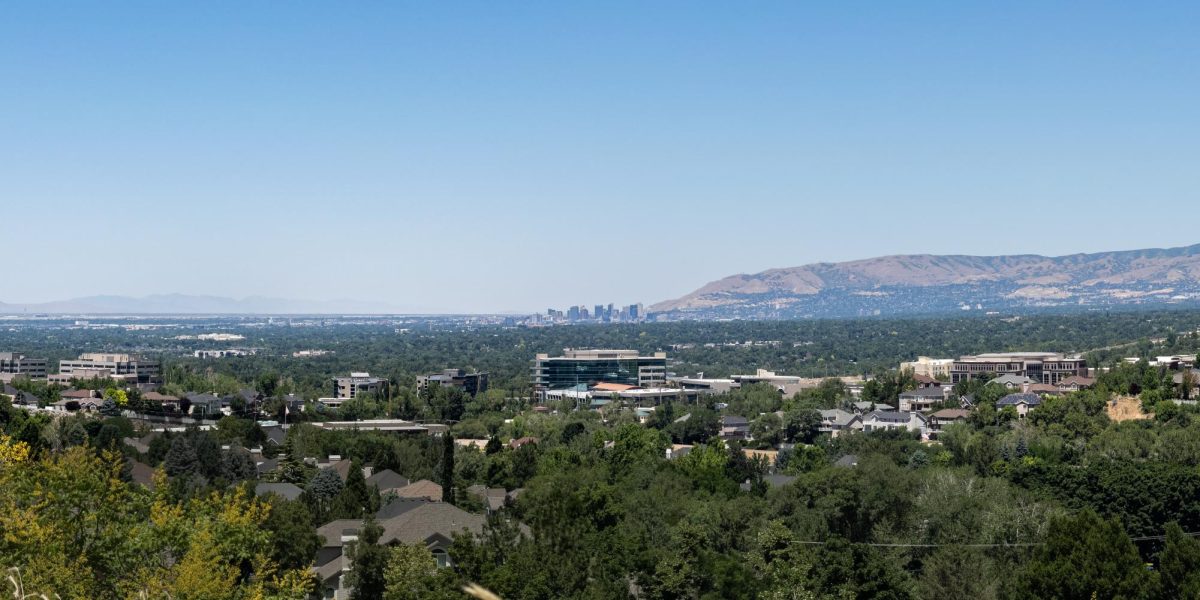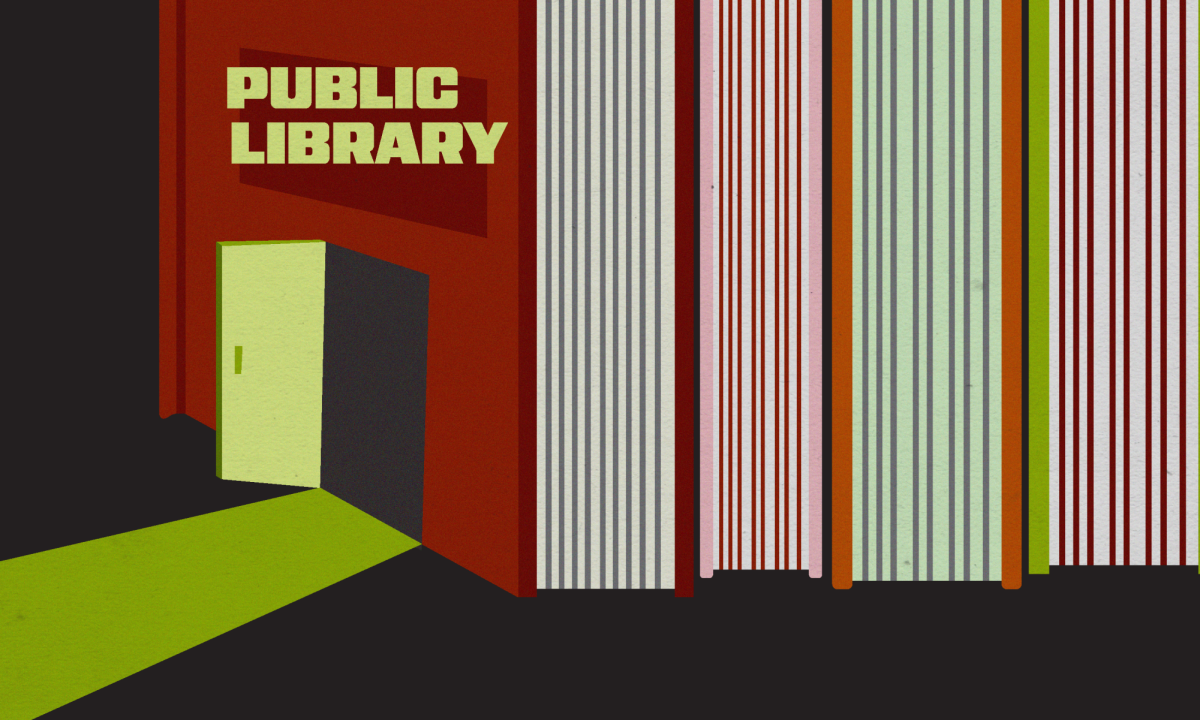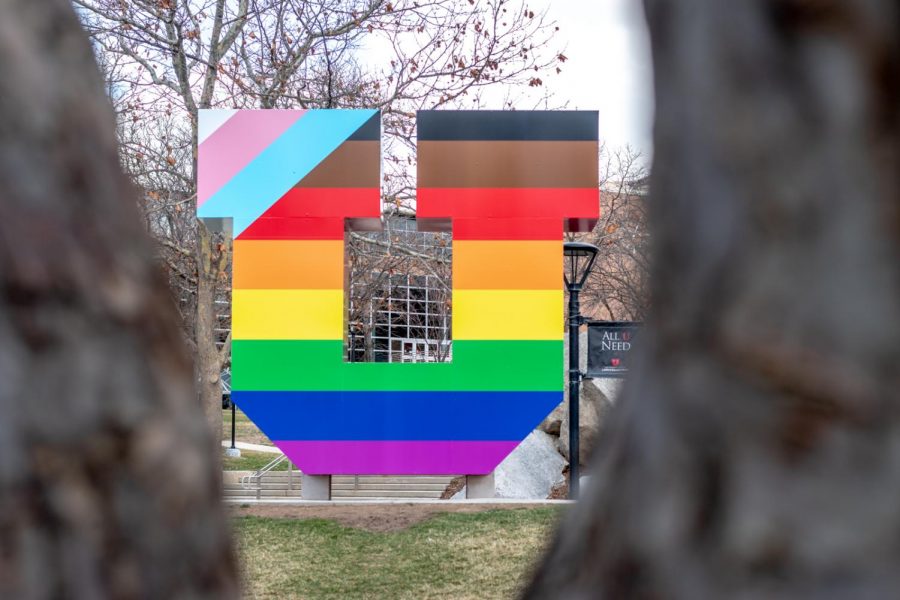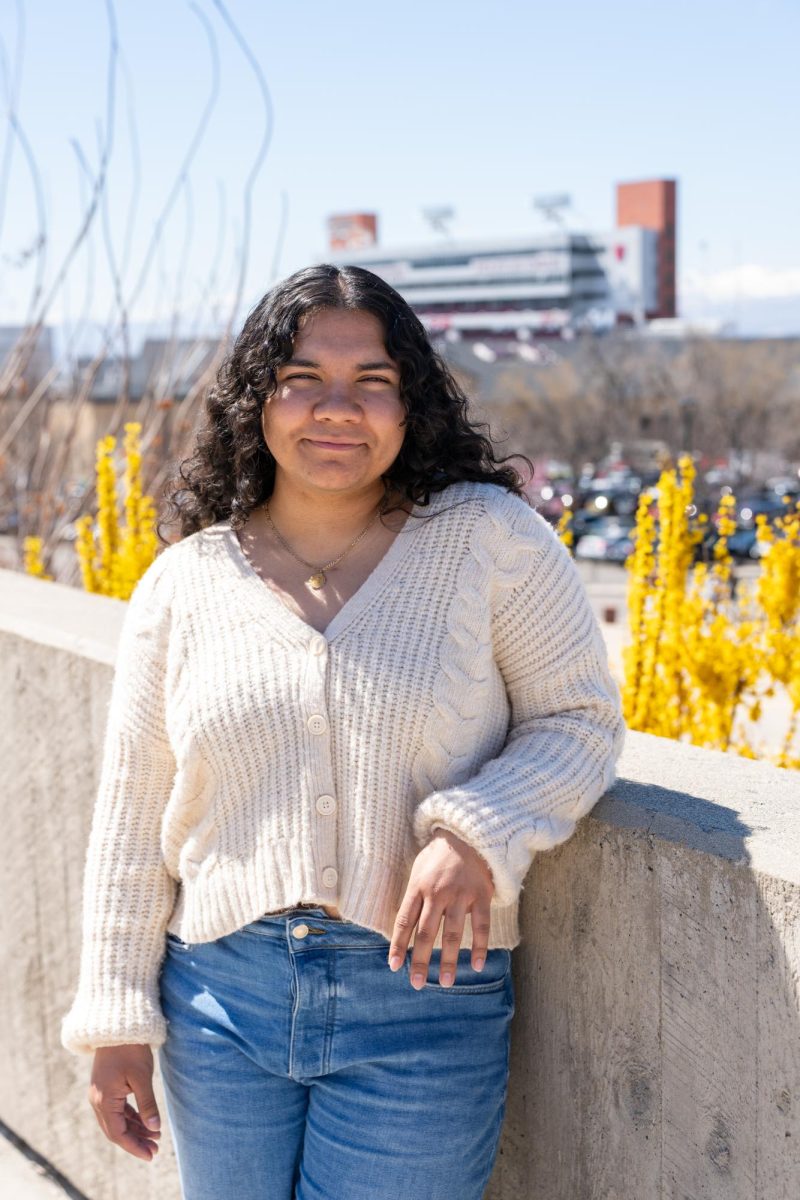From the moment you take your seat for The Capitol Theatre’s current showing of Giuseppe Verdi’s opera “Aida,” there is this notion that you’re planted in the right spot.
Staring onward, a tickling sensation at the back of your stomach may emerge, inviting you to lean forward and take in everything “Aida” has to offer. But make sure you get there soon and keep staring: There’s a lot to see and the play performance only lasts until the end of this weekend.
“Aida begins,” hurtling the audience into the center of a war between two ancient nations. The high priest Ramfis (Stanislav Shvets) of Egypt tells Radams (Philip Webb) that Ethiopia will soon be launching an attack against their country. Radams, a brave soldier, is soon given the job of commanding Egypt’s army and defending his land.
Meanwhile, Aida (Frances Ginsberg), a slave of Egypt, continues to yearn for Radams’ heart. She’s become torn, however, because Radams will kill her own people in this war, and possibly her father, the Ethiopian king. Thus, as often happens in epic love triangles, she’s left to choose between her family and her love interest.
Throughout the opera, Aida does a wonderful job expressing herself both vocally and emotionally. Ginsberg does a fine job of convincing the audience of her character’s touchy state and Radams’ part is sung magnificently well, too, superbly portraying the warrior that he is.
But what romantic clash would be complete without a third party? Princess Amneris (Mary Phillips) is also head-over-heels in love with Radams. She knows very well that Aida is in love with Radams, too, so she begins to take measures to secure him for herself. This creates an intriguing love triangle that takes place among all the fighting, and like most conflicts, only one side can win. To make matters worse, Aida’s father, Amonasro (Haijing Fu), makes his appearance having recently been captured in battle. This poses more problems for Aida because she now has Amonasro’s well-being to be concerned with as well as her own. In turn, this troubles Radams because he wants only the best for his beloved Aida.
Sound complex? It is…and the story has only just begun. Both Aida and Radams still have to contend with their hearts and the welfare of their country, and Amneris must make certain that Radams will be hers forever. It’s an intriguing love story with a few final twists that spin the production into its own beautiful purgatory.
The set design of “Aida” is superb. The fine attention to detail put into both the sets and the costumes should be enough to convince anyone of the quality of this production. Each of the hundred or so costumes, props, and the half-dozen sets created specifically for this show (by the Utah Opera Production Studio) is a work of art.
But it’s more than just material props that make “Aida” a success. Look for the nifty water effects at the beginning of Act II and you’ll see just what kind of thought went in to making this opera as entertaining and realistic as possible. The offstage crew, directors (namely Michael Ehrman) and designers certainly did their homework.
Also, don’t forget to give tribute to “Aida’s” music (conducted by Joseph Rescigno), as it effectively acts as the backbone for this, or any, opera. The sounds the audience hears are just as enjoyable as what they’ll see on-stage.
Point is, although centered on strife, war and love, there ought to be no conflict in the minds of Utah Opera patrons as to whether or not to see this performance of “Aida.” But, like love and all good things, this particular engagement is fleeting-“Aida’s” final performances are this weekend, downtown at Capitol Theatre. Go to www.tickets.com to purchase tickets, find showtimes, dates and directions, or call 355-2787 for more information.











